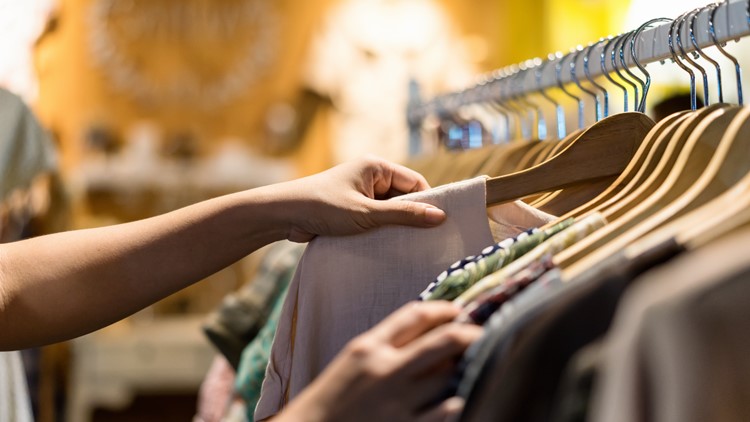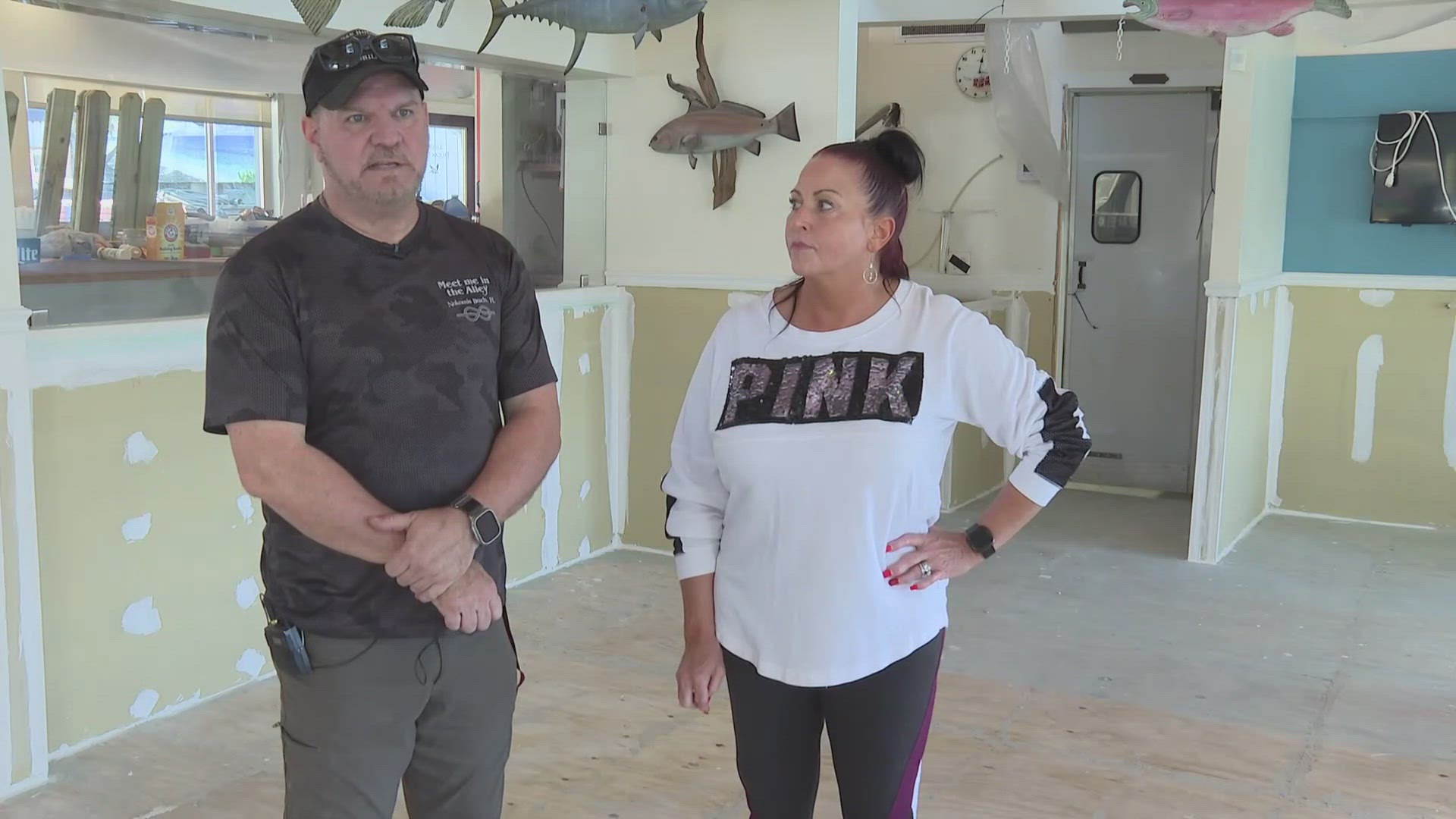ST. PETERSBURG, Fla. — The generation born between the years 1997 and 2012, called Gen Z, shops the most at thrift stores, a recent Thredup resale report shows.
Since 2016, there has been a 16-percent growth through 2020 in the percentage of Gen Z shoppers who buy second-hand apparel.
The report shows more than 40 percent of millennials and Gen Z shoppers have shopped for secondhand apparel, shoes or accessories in the past 12 months.
So what is causing the younger generation to shop at thrift stores instead of popular retail companies? Gen Z sees thrifting as a lifestyle, the report explains.
"Thrifting feels emblematic of the way Gen Z strays from the beaten path," Refinery29 Fashion Market Writer Eliza Huber said in a statement.
"They want to be independent. They want to save the planet. They want to save money — and make money. And they want to do it all in a cute outfit that costs less than $10."
Gen Z is reportedly 165-percent more likely to consider the resale value of the clothes they are buying before actually purchasing them compared to Boomers, who are people born between the years of 1946 to 1964.
Following the comparison to Boomers, Gen Z is 83 percent more likely to "strongly agree" owning clothes is only temporary and 33 percent more likely to resell their clothes.
"Thrifting has been normalized," 21-year-old Eve Perez told NPR. "Since so many people are doing it, it's now seen as cooler. It's seen as better than going to the mall. Younger people find it fun, like a game. A hunt for something unique."
NPR says the "hunt" has been able to transform thrifting into a successful $28 billion industry that is no longer just a local, community-driven hobby.
With the continued rise of customers, the reports show the secondhand market is projected to double in the next five years.
Just in 2020 alone, more than 220 million consumers say they have or will be open to shopping secondhand products.
There is also a trend of fast fashion shoppers switching to thrifting.
Nearly two in five thrifters say they are replacing fast fashion purchases with secondhand clothing, the report says. Following this pattern, 45 percent of millennials and Gen Z say they refuse to buy from "non-sustainable" brands and retailers.
Thredup reports secondhand shopping is expected to be two times bigger than fast fashion by 2030.
"Society places value on having the latest styles over sustainability. One day, I looked at my closet and realized it was filled with disposable pieces I didn't love, so I decided to change the way I shop," WhoWhatWear Editor Jasmine Fox-Suliaman wrote in a statement.
"My solution was to start buying quality secondhand pieces over fast fashion. It turns out great style doesn’t have to cost a pretty penny."



